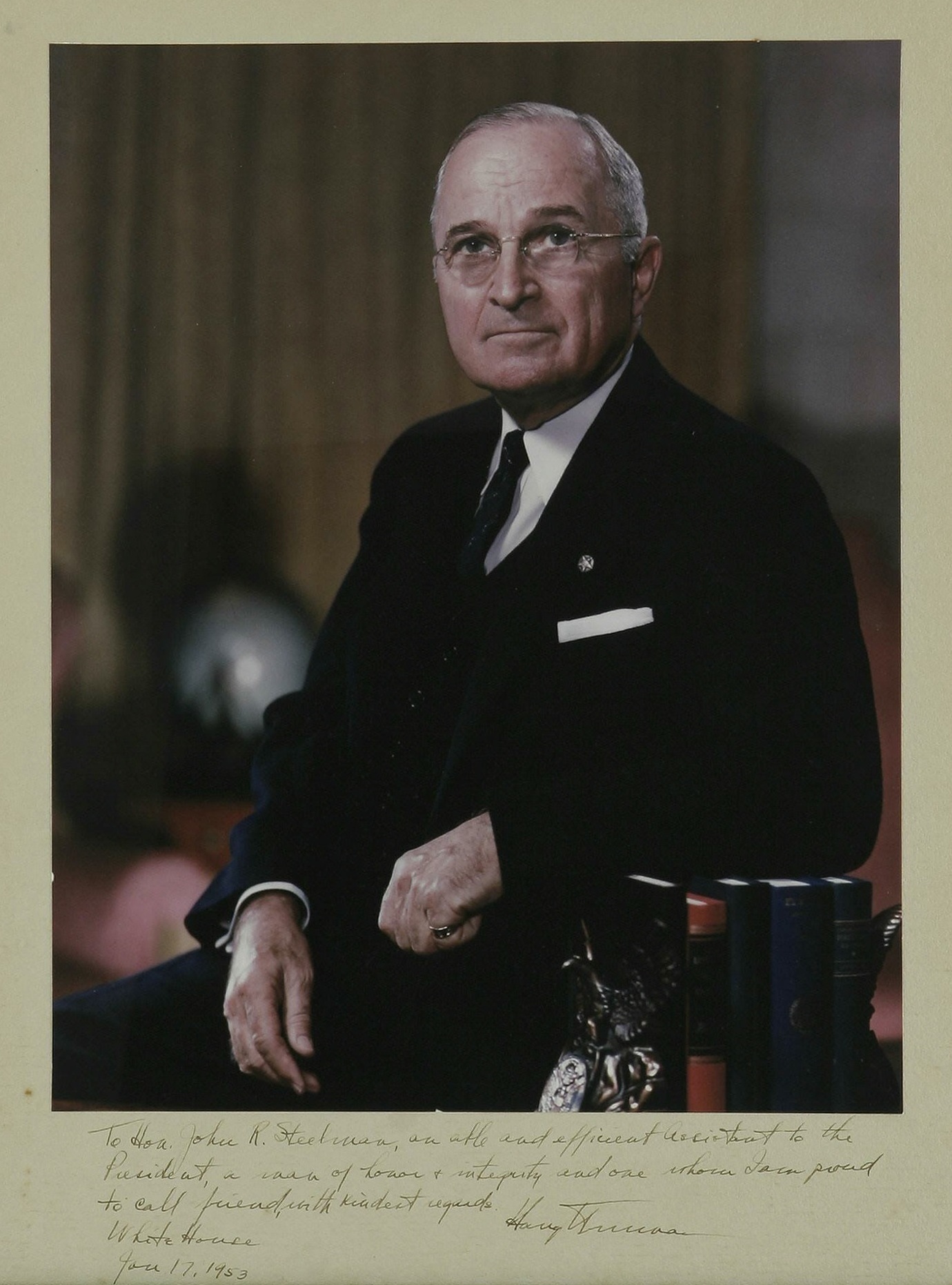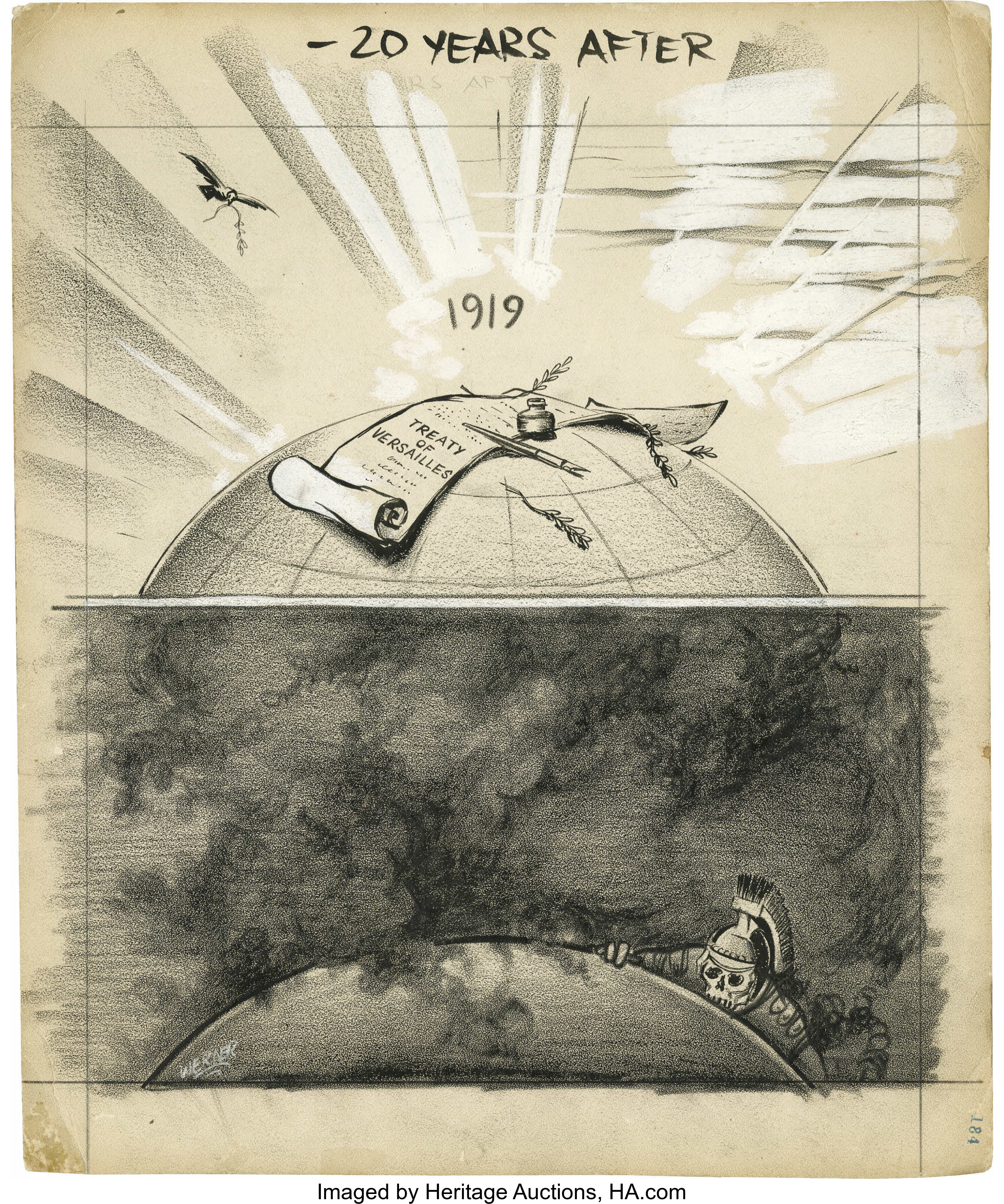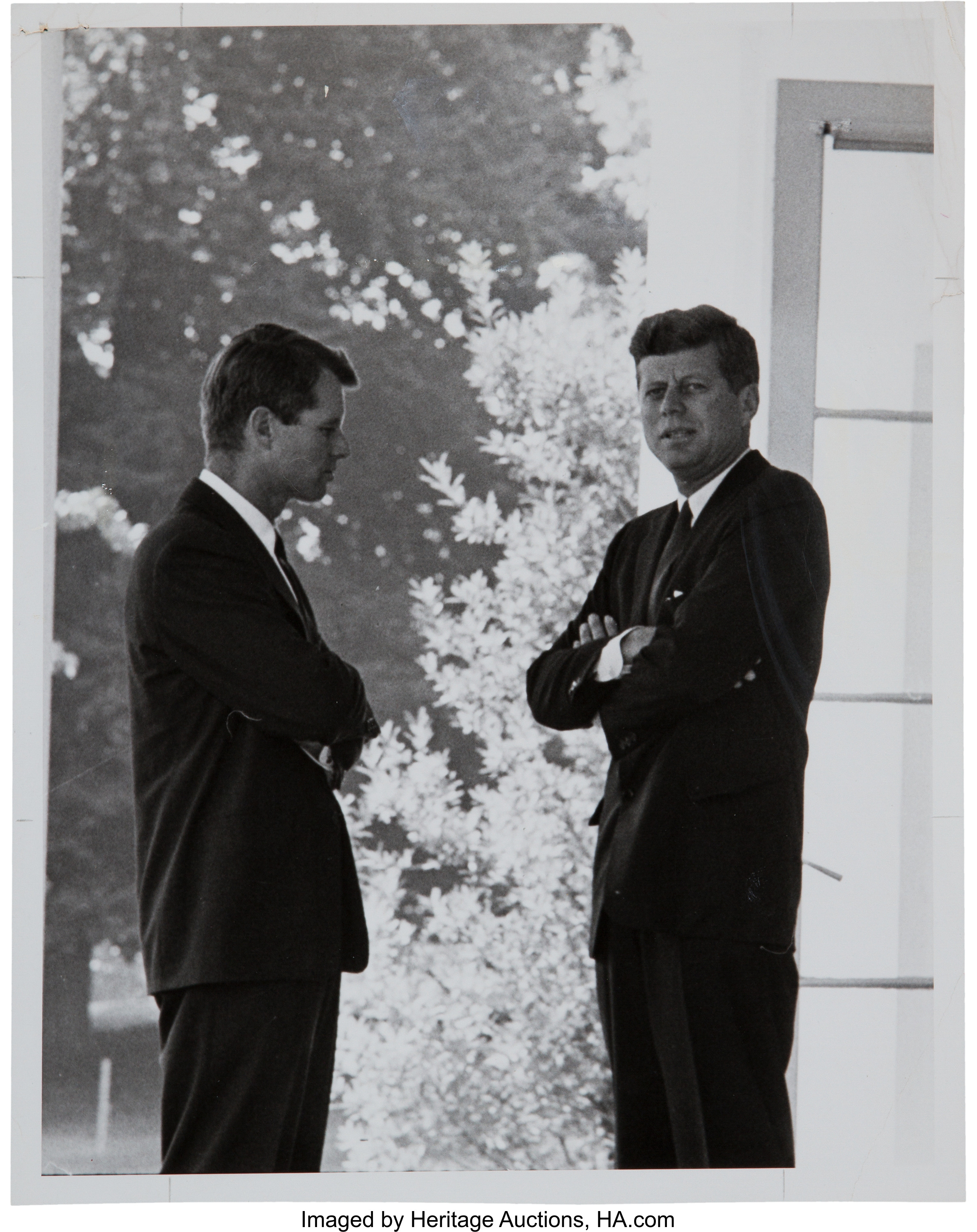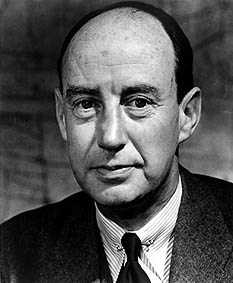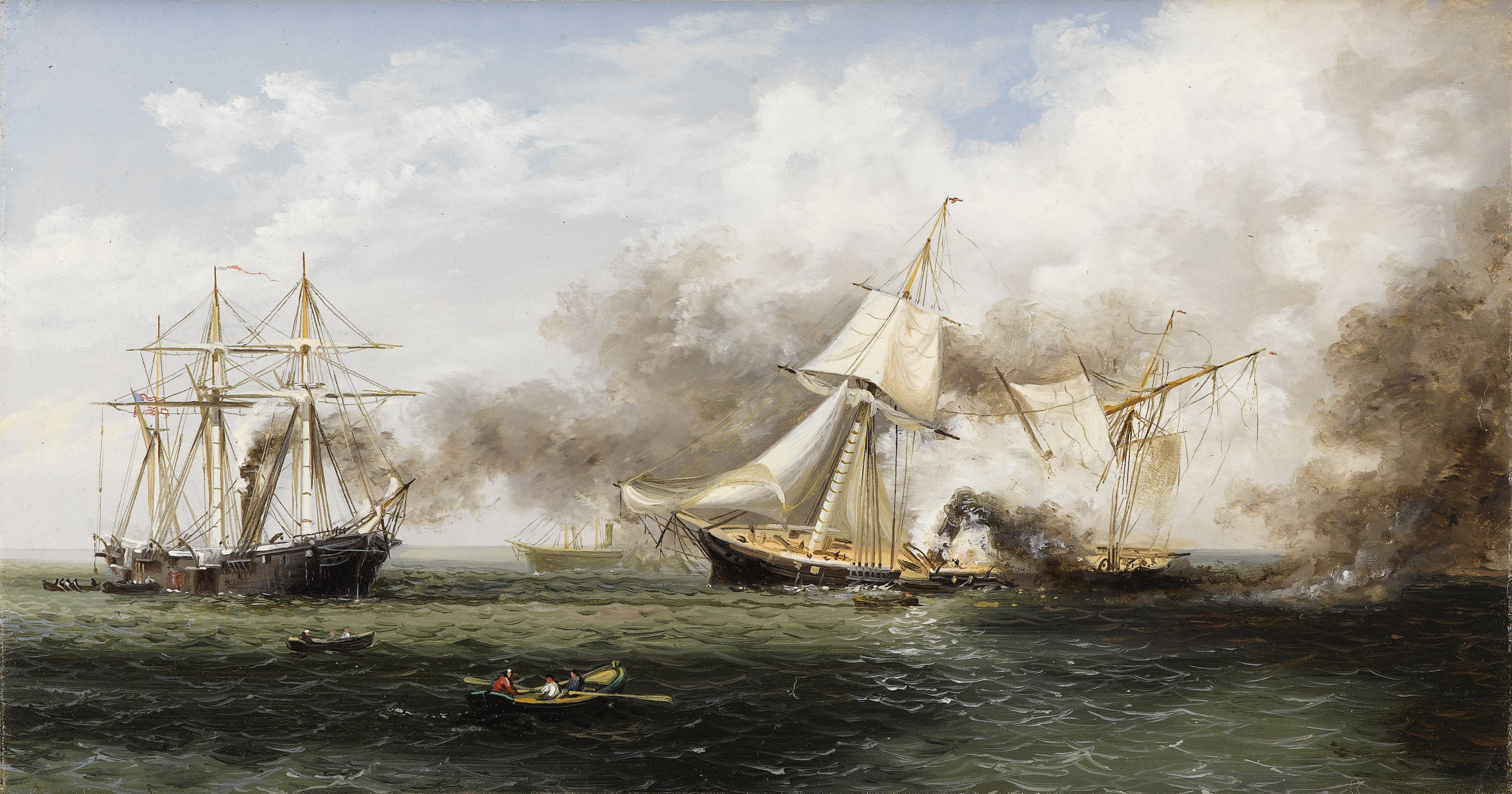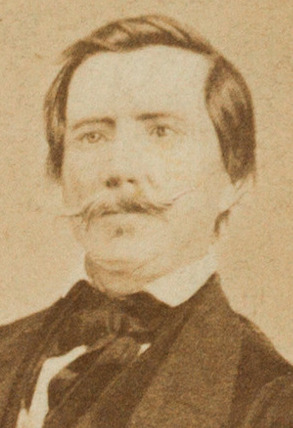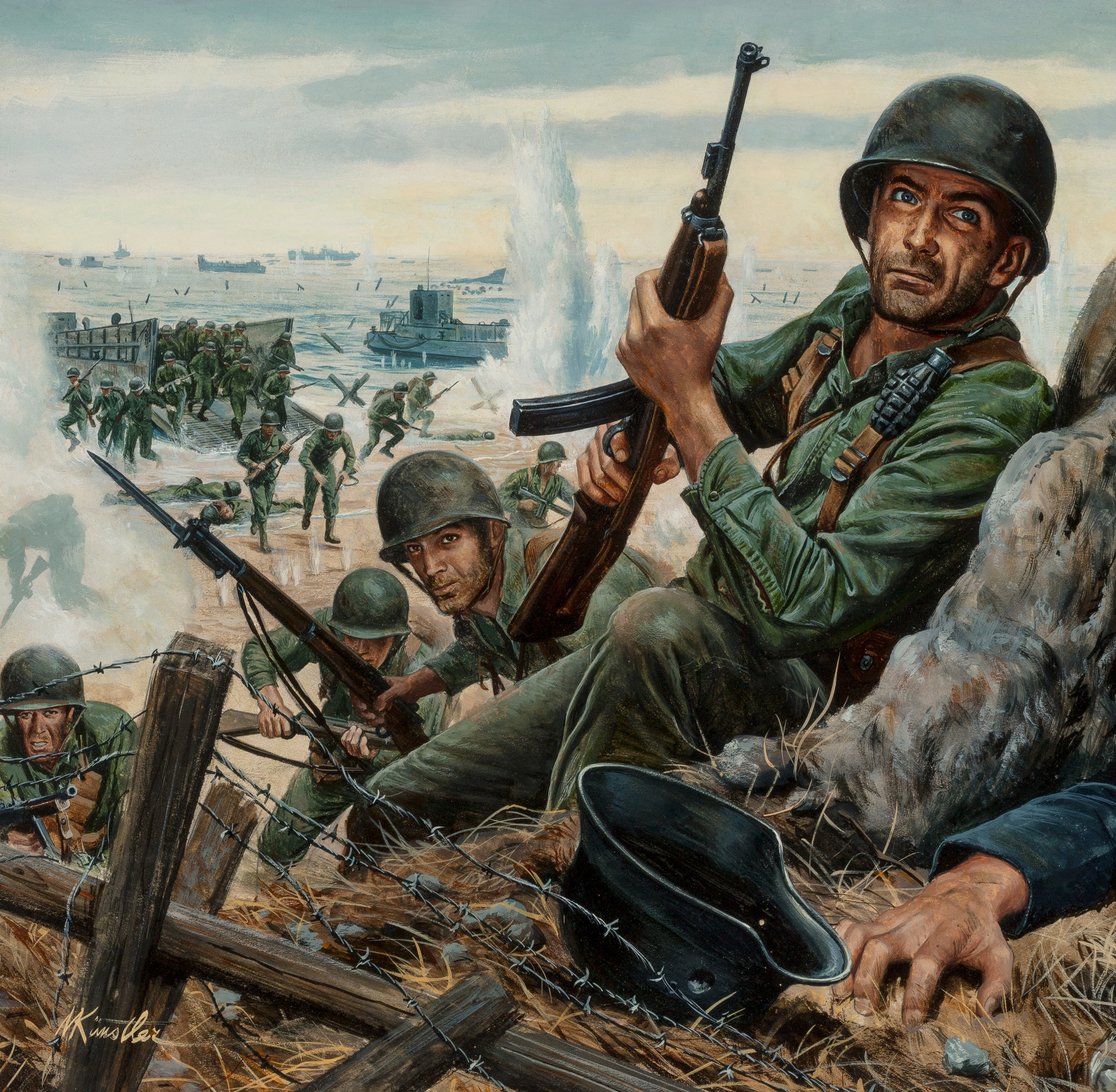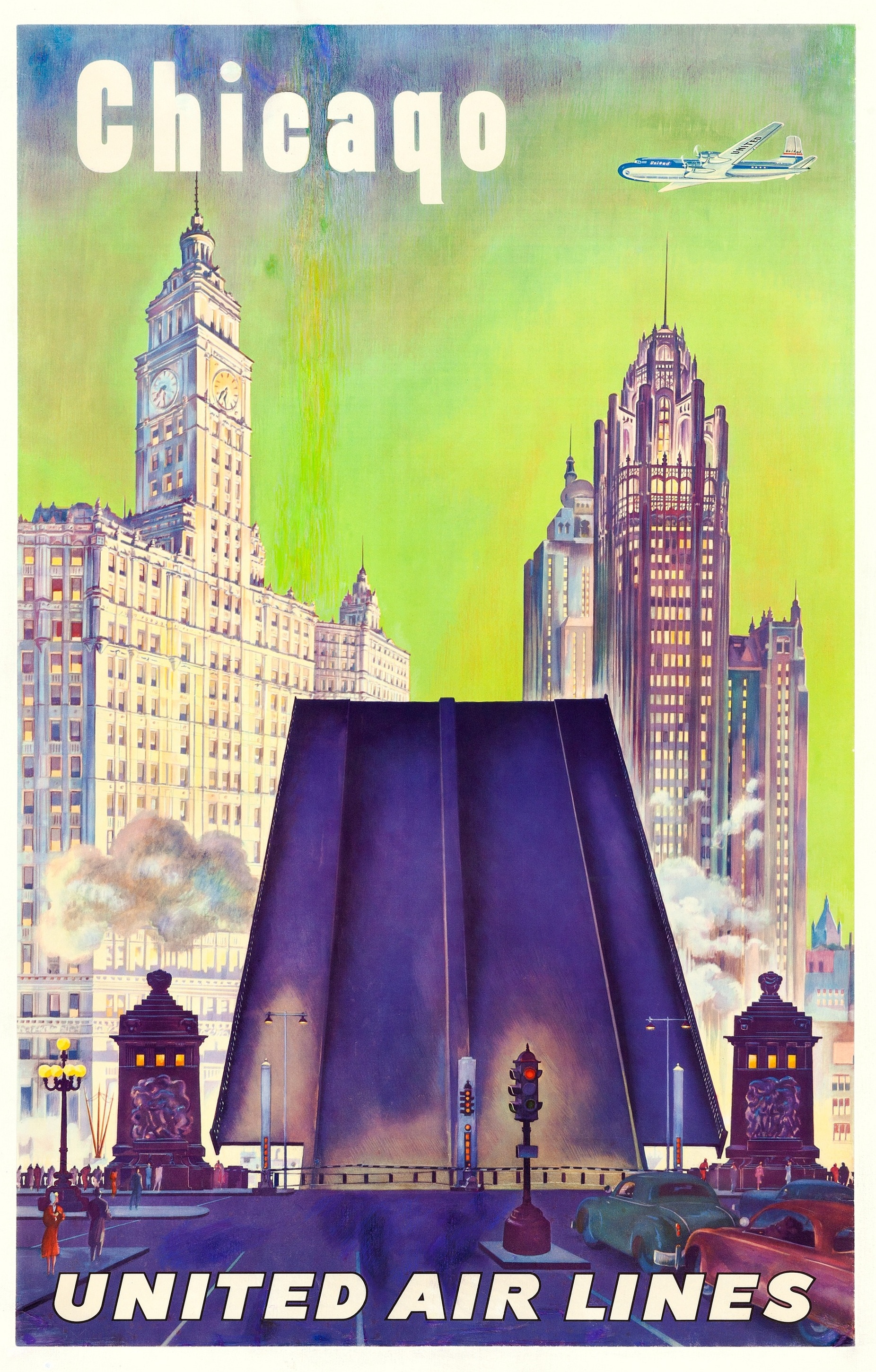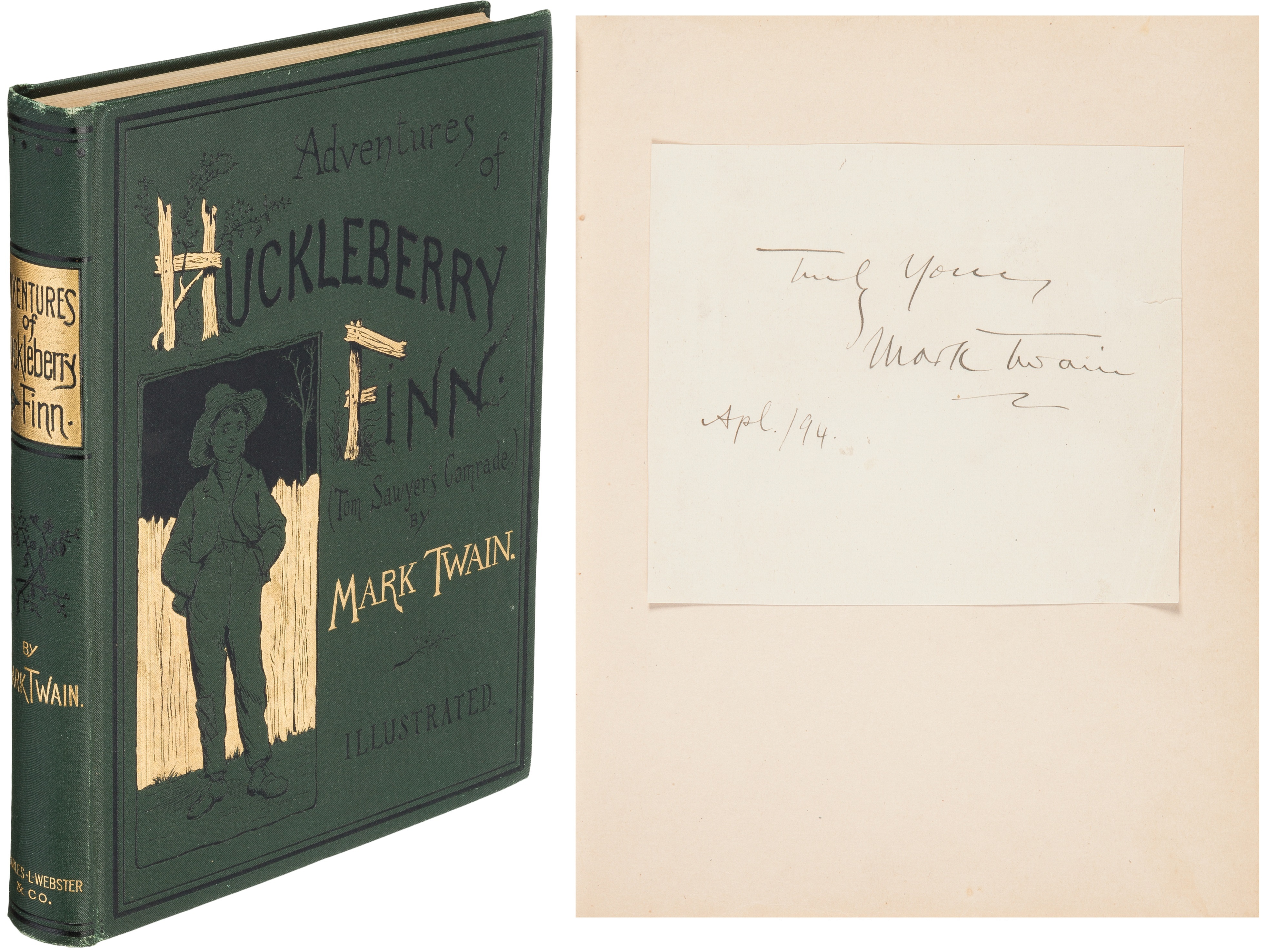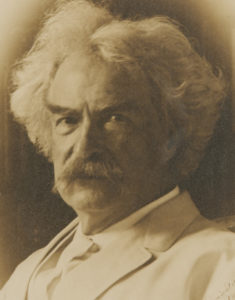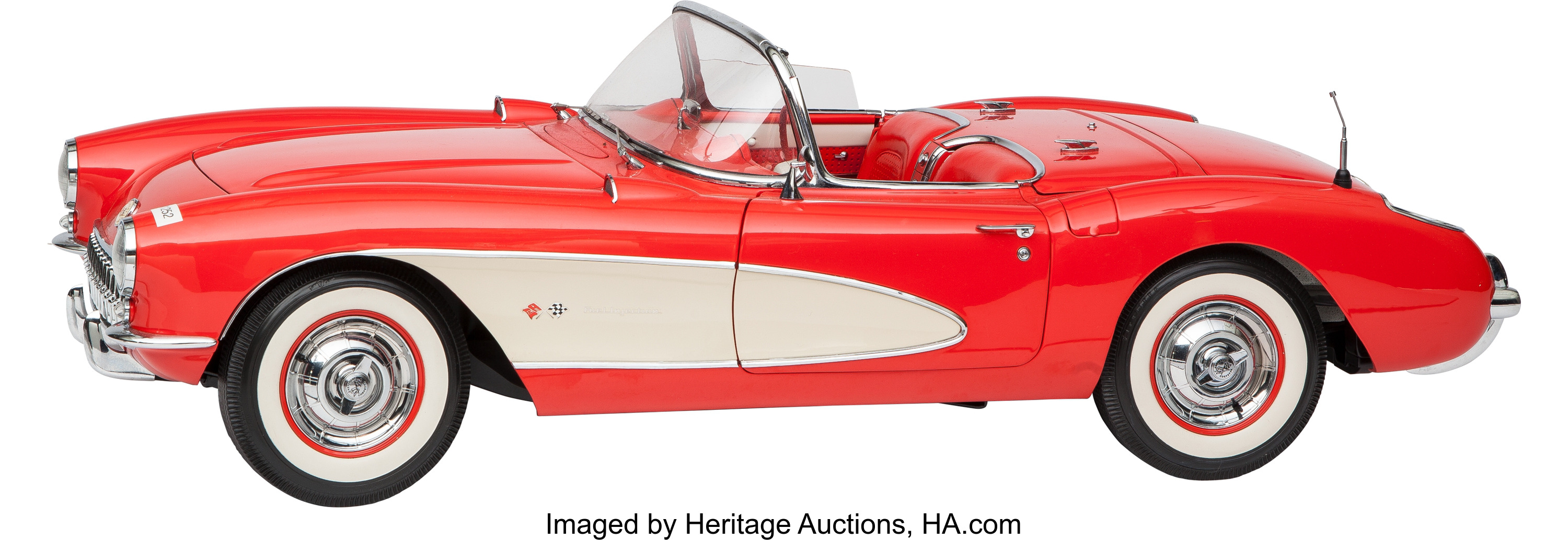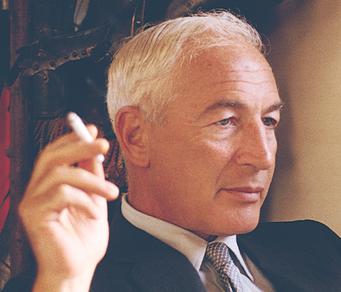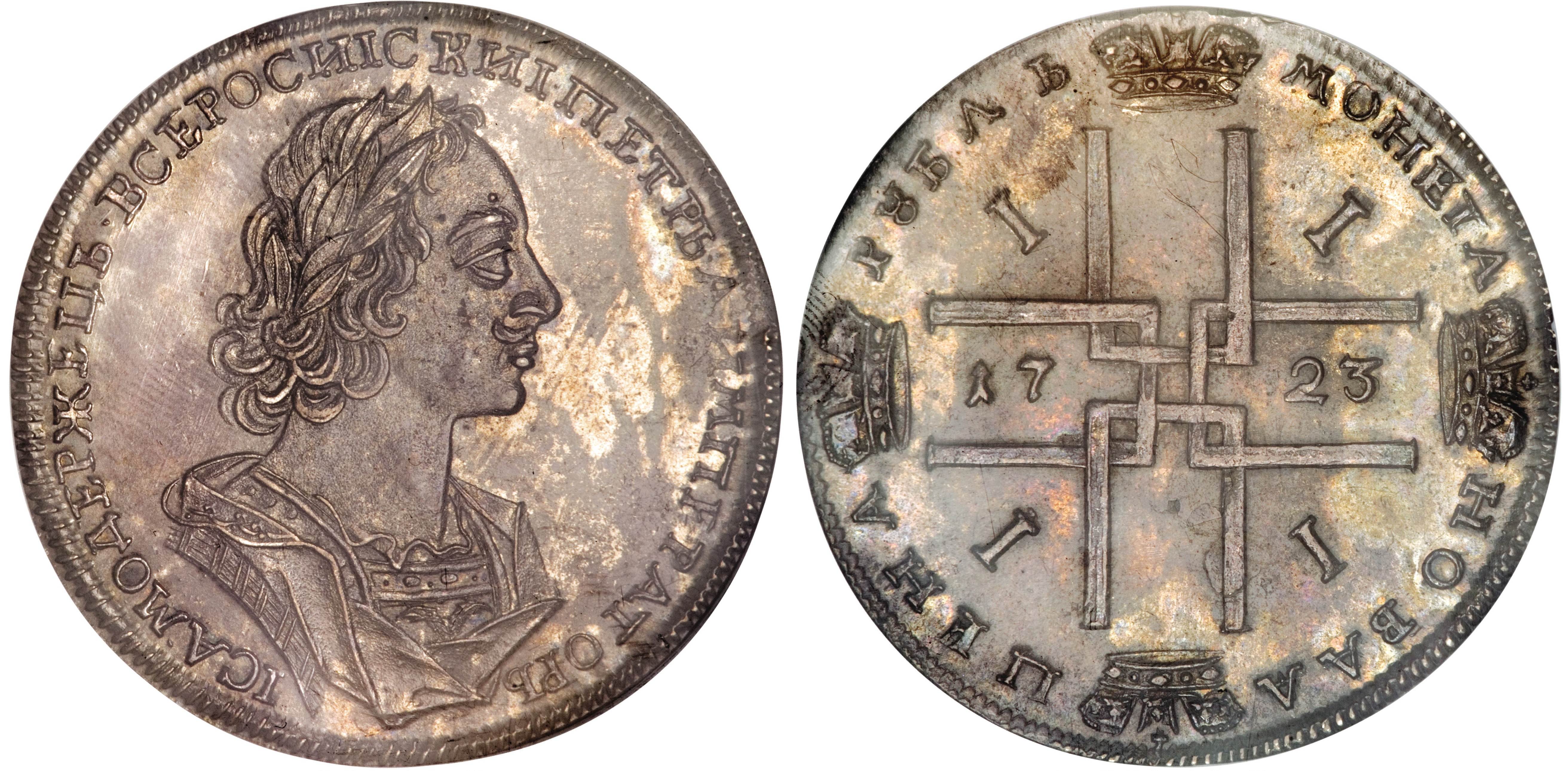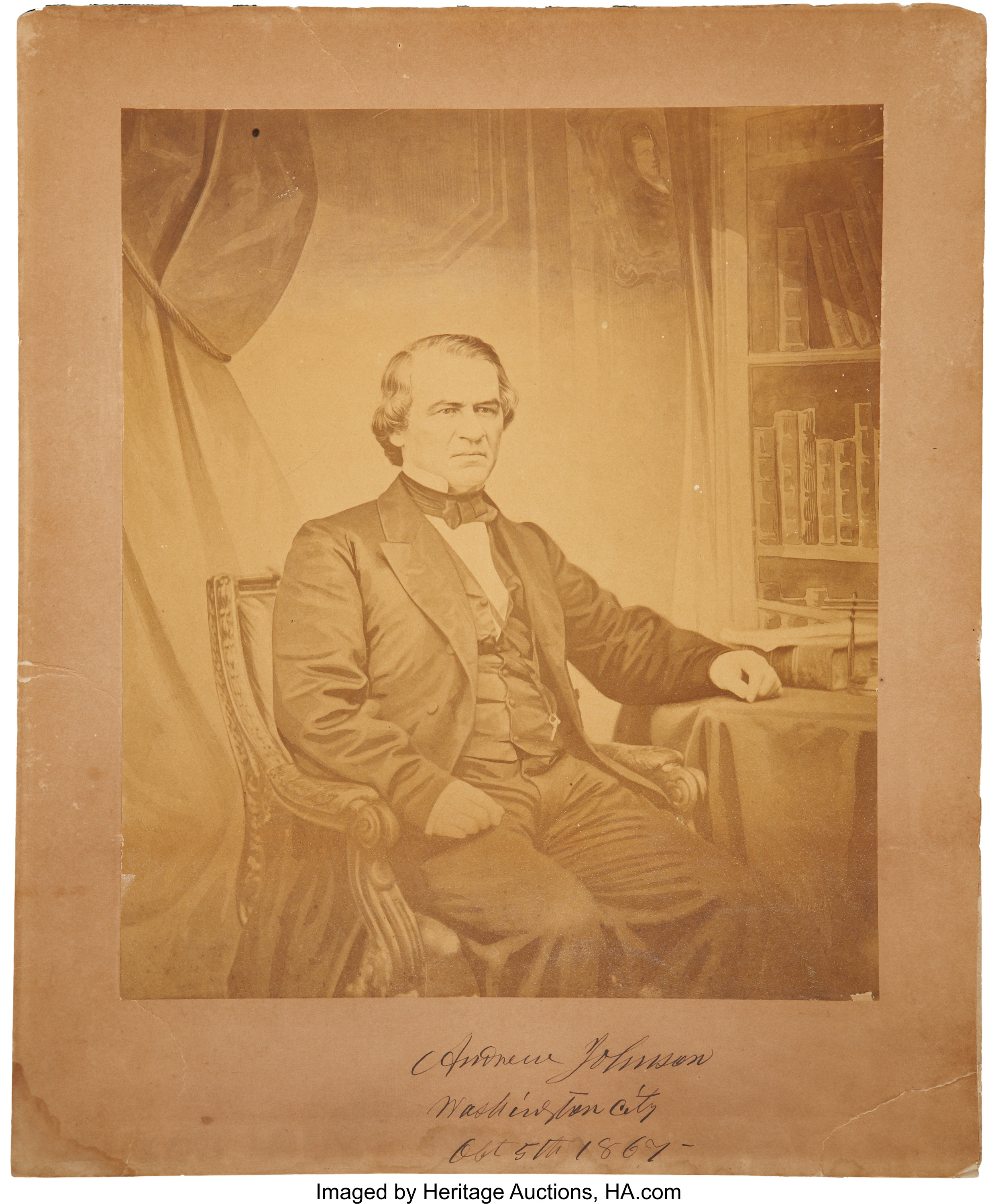
By Jim O’Neal
On the night President Abraham Lincoln was shot, John Wilkes Booth and his little band of assassins had also planned to kill Vice President Andrew Johnson and Secretary of State William Seward. Booth’s fantasy theory was that decapitating the North’s leadership would cause enough chaos to bring the Civil War to an end. Seward survived a brutal stabbing and Johnson’s assigned assassin, George Atzerodt, got cold feet at the last minute. Johnson had gone to bed at the Kirkwood hotel unharmed.
Awakened by a friend, Johnson rushed to Lincoln’s bedside until the president was declared dead. Johnson then returned to the hotel, where he was sworn in as the 17th president by Chief Justice Salmon P. Chase. The members of his Cabinet assembled in the hotel parlor, where he told them: “I feel incompetent to perform duties so important and responsible as those which have been so unexpectedly thrown upon me.”
Despite Johnson’s humble tone, he was actually a fearless, even reckless, fighter for what he believed in. As a result, he became embroiled in the bitterest intra-governmental conflict the nation had ever seen. Like Lincoln, he favored a “mild reconstruction,” in effect turning state governments over to white citizens, with only the main leaders of the Confederacy excluded. However, the Radical Republican leaders demanded “radical reconstruction,” enfranchising former slaves and barring most former Confederates from government.
Initially, Republicans were pleased with Johnson, mistaking him as weak and easier to control than Lincoln. They were confident he would support their plans for severe treatment of the defeated South. “By the Gods! There will be no trouble now in running the government,” declared Senator Benjamin Wade of Ohio. Two years later, this same man, now president pro tempore of the Senate, was so confident the Senate had the votes to evict Johnson from the White House that he had already written an inaugural speech and chosen his Cabinet!
But now, by the time Congress finally met in December 1865, the former states of the Confederacy had elected governors and state legislators. And although they approved the 13th Amendment outlawing slavery, they had also passed “Black Codes” binding ex-slaves to working the land. In his first annual message to Congress, Johnson railed against this situation, warning Congress of the dire consequences. But Northern Republicans had no intention of welcoming back Democrats from states that had seceded. Instead, they passed new legislation to reinstate military governments throughput the South. Then they established the Freedmen’s Bureau to assist the 4 million freed slaves.
Johnson promptly vetoed everything Congress had passed.
Republicans were not strong enough to override a presidential veto until early 1867, when they passed into law even more harsh Reconstruction Acts, with military governments replacing civil governments set up by Southern Democrats. Johnson warned they were fostering hatred and creating a state of permanent unrest. Radical Republicans answered by slashing back at Johnson and passing the Tenure of Office Act. This total rebuke now forbade the president of the United States from removing ANY federal official without the express consent of the U.S. Senate.
This was tantamount to a declaration of war and Johnson answered by firing Secretary of War Edwin Stanton. The House quickly voted to impeach the president on 11 counts. The Senate trial lasted two months and the final tally was 35 guilty and 19 not guilty … one short of conviction. Johnson served out his term, but his political career was over. His fortitude in the face of overwhelming Congressional pressure strengthened the office of the president and helped preserve the separation of powers intended by the framers of the U.S. Constitution.
Not bad for a former illiterate tailor who never spent a single day in a formal schoolroom.
 Intelligent Collector blogger JIM O’NEAL is an avid collector and history buff. He is president and CEO of Frito-Lay International [retired] and earlier served as chair and CEO of PepsiCo Restaurants International [KFC Pizza Hut and Taco Bell].
Intelligent Collector blogger JIM O’NEAL is an avid collector and history buff. He is president and CEO of Frito-Lay International [retired] and earlier served as chair and CEO of PepsiCo Restaurants International [KFC Pizza Hut and Taco Bell].

